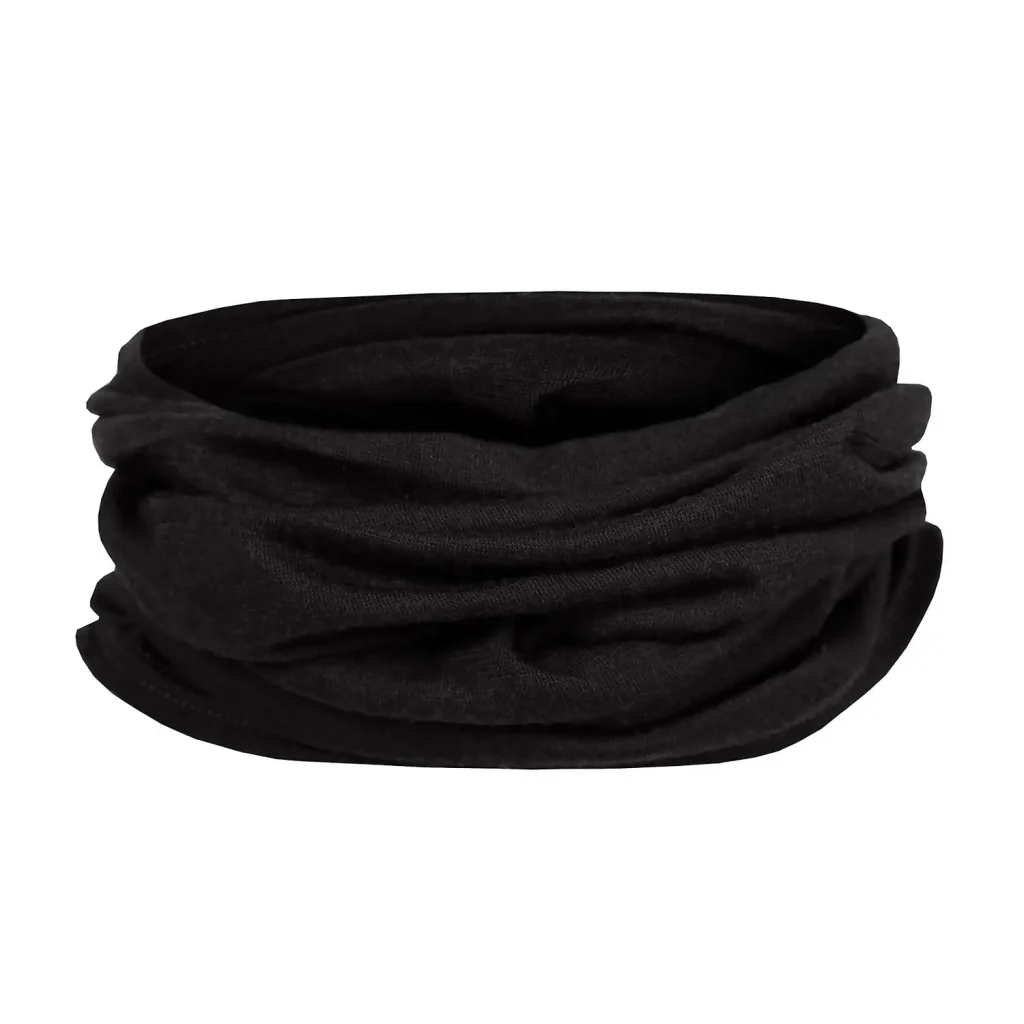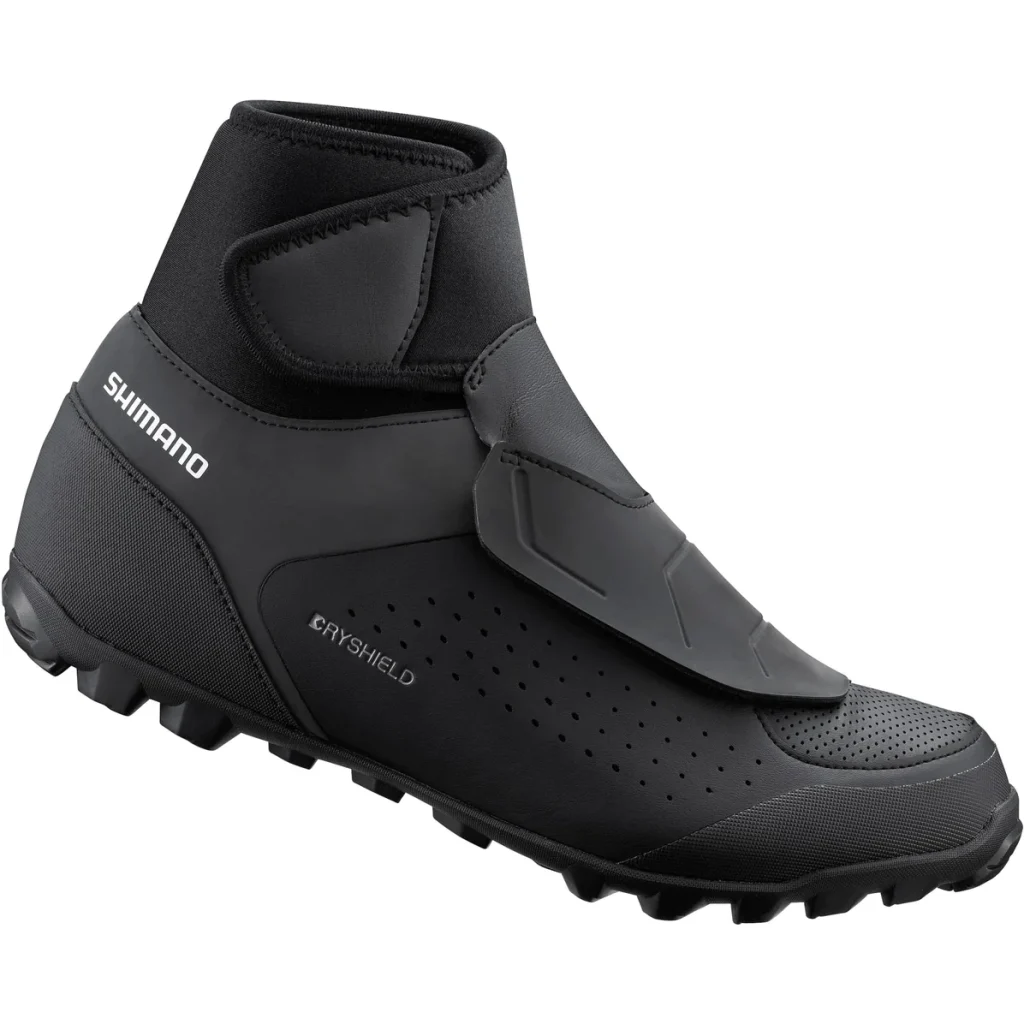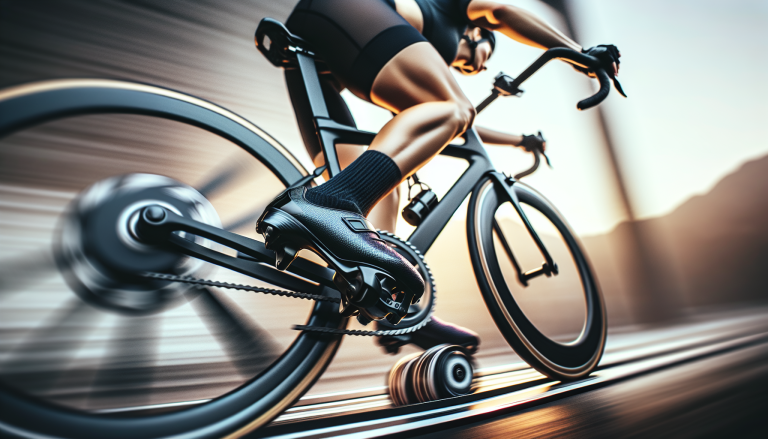Are you braving the cold and taking your bike out for a ride this winter? As the temperatures drop, it’s important to know how to stay warm and comfortable during your winter cycling adventures. From layering to choosing the right gear, this article will provide you with valuable tips and tricks to keep you cozy on your bike all season long. Explore the world of winter cycling and discover how to embrace the chill without sacrificing comfort.
Table of Contents
ToggleClothing
Layering
When it comes to winter cycling, layering is key to staying warm and comfortable throughout your ride. Layering allows you to add or remove clothing as needed to regulate your body temperature. The three main layers to consider are the base layer, insulating layer, and outer layer.
Base Layer
The base layer is the foundation of your clothing system. It should be made of a moisture-wicking material such as merino wool or synthetic fabric to keep you dry by pulling sweat away from your skin. A long-sleeve base layer will provide added warmth and can be worn alone on mild days or as a first layer under other clothing on colder days.
Insulating Layer
The insulating layer provides warmth by trapping air against your body. Fleece jackets or down vests are popular choices for this layer. It’s important to choose an insulating layer that is breathable and allows for freedom of movement. Consider adding or removing this layer depending on the temperature and your activity level.
Outer Layer
The outer layer is your first line of defense against the elements. It should be windproof, waterproof, and breathable. A good quality cycling jacket or softshell will protect you from wind, rain, and snow while still allowing moisture to escape. Look for features such as adjustable cuffs and a high collar to keep out drafts and seal in warmth.
Head and Neck
Keeping your head and neck warm is crucial for overall comfort on a winter ride. A thermal cycling cap or beanie that fits comfortably under your helmet will help retain body heat. For added protection, consider a neck gaiter or a balaclava that covers your neck and face. These accessories can be adjusted easily to regulate temperature as needed.
Hands
Keeping your hands warm and protected is essential for maintaining control and dexterity while cycling in the winter. Insulated, waterproof gloves or mittens are a must. Look for gloves that are specifically designed for cycling, with features such as padded palms and touchscreen compatibility. Adding a thin liner glove for extra warmth is also a good idea on colder days.
Feet
Cold feet can make for an uncomfortable ride, so investing in proper winter cycling footwear is essential. Insulated, waterproof cycling shoes or boots will keep your feet warm and dry. Consider wearing wool or synthetic socks that wick away moisture and provide added insulation. Adding toe covers or shoe covers can also help to keep your feet warm by blocking out wind and rain.
Considerations for Rainy or Snowy Conditions
In rainy or snowy conditions, it’s important to add additional layers of protection to keep yourself dry. Consider wearing waterproof pants or leg warmers to protect your lower body from moisture. Waterproof shoe covers or gaiters can also help to keep your feet dry. Don’t forget to wear a waterproof helmet cover to protect your head from rain or snow.
Proper Gear
Quality Winter Bike
Investing in a quality winter bike is essential for a comfortable and safe ride. Look for a bike with features specifically designed for winter conditions, such as wider tires for better traction and disc brakes for improved stopping power. A sturdy frame and components that can withstand the harsh conditions will ensure that your bike performs well throughout the winter season.
Fenders
Fenders are a must-have accessory for winter cycling. They attach to your bike to keep water, mud, and slush from splashing up onto your body while riding. Not only do fenders keep you dry, but they also help to protect your bike from excessive dirt and grime. Look for fenders that are easy to install and adjust to fit your specific bike.
Lights
Proper lighting is crucial for winter cycling, especially when daylight hours are shorter. Invest in bright, rechargeable front and rear lights to increase your visibility to other road users. Consider lights with multiple modes, including a flashing mode for added visibility. Always check that your lights are fully charged before heading out on your ride.
Reflective Gear
In addition to lights, reflective gear is another important safety feature for winter cycling. Reflective ankle straps, bands, or stickers can be easily attached to your clothing or bike to increase visibility. Reflective jackets or vests are also available and can provide added visibility during low-light conditions. Remember, the more visible you are, the safer you’ll be on the roads.
Helmet
A properly fitting helmet is a must-have for any cyclist, regardless of the season. During the winter, it’s important to choose a helmet that offers both protection and warmth. Look for a helmet with built-in ventilation that can be easily opened or closed depending on the temperature. Consider adding a warm, moisture-wicking skull cap or liner to provide an extra layer of insulation.
Eye Protection
Protecting your eyes from the elements is crucial during winter cycling. Cold wind, rain, and snow can cause discomfort and affect your visibility. Invest in a pair of cycling-specific sunglasses or goggles with interchangeable lenses to adapt to different light conditions. Look for lenses that provide 100% UV protection and are impact-resistant to ensure your eyes stay safe and comfortable.
Hydration and Nutrition
Staying Hydrated
Staying properly hydrated during winter cycling is just as important as during hotter months, even if you may not feel as thirsty. Cold weather can still dehydrate you, so drink water regularly throughout your ride. Use an insulated water bottle or hydration pack to prevent liquids from freezing. Opt for warm beverages such as tea or hot water with electrolyte supplements to help raise your core temperature.
Pre-Ride Nutrition
Fueling your body with the right nutrients before a winter ride is crucial for maintaining energy and warmth. Consume a balanced meal that includes carbohydrates, protein, and healthy fats a couple of hours before your ride. Consider warm options such as oatmeal, soup, or a hearty sandwich to provide sustained energy throughout your ride. Don’t forget to hydrate adequately before stepping out into the cold.
During-Ride Nutrition
As you ride, your body continues to burn energy and requires replenishment. Eat small, frequent snacks that are easy to digest and provide a combination of carbohydrates and protein. Consider energy gels, bars, or homemade options such as fruit and nut mixtures. Keep your snacks easily accessible and within reach to avoid having to stop for extended periods in the cold.
Post-Ride Nutrition
After a winter ride, it’s important to refuel and recover properly. Consume a post-ride meal or snack within 30 minutes to an hour after your ride to replenish glycogen stores and aid in muscle recovery. Incorporate high-quality carbohydrates, lean proteins, and plenty of fruits and vegetables into your post-ride meal. Consider warm options such as soup or a warm salad to help increase your body temperature.
Safety Tips
Visibility
Being visible to other road users is crucial for safety, especially during winter when visibility may be reduced. Wear brightly colored or reflective clothing to enhance your visibility. Attach reflective accessories to your bike and helmet. Use front and rear lights to increase your visibility, even during daylight hours. Choose well-lit routes and consider adding additional lighting if necessary.
Mental Preparedness
Positive Mindset
Maintaining a positive mindset is crucial for enjoying winter cycling. Embrace the unique challenges and rewards that come with riding in the cold. Focus on the sense of accomplishment and the invigorating feeling of being active outdoors. Take pride in conquering the elements and enjoy the beautiful winter landscapes along your route.
Expect the Unexpected
Winter cycling comes with its fair share of surprises, so it’s important to expect the unexpected. Be prepared for sudden changes in weather, road conditions, or traffic. Carry extra layers of clothing, emergency supplies, and a fully charged phone in case of unforeseen situations. Stay alert and adaptable, and be ready to modify your plans or seek shelter if needed.
Flexibility
Flexibility is key when it comes to winter cycling. Be prepared to adjust your plans, routes, or even the length of your ride based on weather conditions. Embrace alternatives such as indoor workouts or cross-training activities if conditions are too hazardous for outdoor riding. Being flexible allows you to adapt to changing circumstances and make the most out of your winter cycling experience.
Patience
Winter cycling can be more challenging and unpredictable than riding in other seasons. Practice patience and be prepared for slower speeds, reduced visibility, and increased caution. Allow extra time for your rides and anticipate potential delays. Remember, safety should always be your top priority, so never rush or take unnecessary risks.
Reward Yourself
Don’t forget to reward yourself for embracing winter cycling and staying committed to your rides. Celebrate your accomplishments, whether it’s completing a challenging winter route or reaching a personal mileage goal. Treat yourself to a warm beverage, a cozy meal, or a relaxing hot bath after a particularly demanding ride. Positive reinforcement can help you stay motivated and enjoy the winter cycling journey.
Training and Fitness
Strength and Endurance Exercises
Strength and endurance training are crucial for winter cycling. Incorporate exercises such as squats, lunges, and deadlifts to strengthen your lower body muscles, which play a vital role in pedaling power. Include core exercises such as planks and Russian twists to improve stability and posture. Perform cardiovascular exercises, such as cycling or running, to build endurance and enhance overall fitness.
Cold Weather Workouts
To acclimate your body to the cold, consider incorporating cold weather workouts into your training routine. Start with shorter workouts in cold conditions and gradually increase the duration and intensity. This will help your body adapt to the colder temperatures and improve your tolerance for winter cycling. Dress in appropriate layers and pay attention to your body’s signals to avoid overexposure to the cold.
Cross-Training
Cross-training is highly beneficial for winter cyclists, as it helps to improve overall fitness and reduce the risk of overuse injuries. Incorporate activities such as swimming, yoga, or strength training into your routine. These activities can improve your cardiovascular health, flexibility, and strength, which will directly enhance your performance on the bike.
Rest and Recovery
Rest and recovery are just as important as training when it comes to optimizing your performance during winter cycling. Allow your body enough time to recover between rides to prevent fatigue and overuse injuries. Incorporate rest days into your training schedule and prioritize quality sleep. Listen to your body and adjust your training intensity or duration accordingly if you feel excessively tired or sore.
Winter Cycling Challenges
Setting personal challenges or goals for winter cycling can help keep you motivated and engaged. Whether it’s completing a certain distance, conquering a difficult route, or improving your average speed, challenges allow you to push yourself and measure your progress. Sharing your achievements with others through social media or online communities can provide additional accountability and support.
In conclusion, winter cycling requires careful consideration and preparation to ensure a safe and enjoyable experience. By layering your clothing, investing in proper gear, and preparing your bike, you can ride comfortably in cold and snowy conditions. Planning your route, staying hydrated and properly fueled, and prioritizing safety are also crucial factors to keep in mind. Regular bike maintenance, mental preparedness, and incorporating strength and endurance training into your routine will further enhance your winter cycling experience. Lastly, joining cycling communities, seeking professional advice, and setting personal challenges will provide the support and motivation needed to embrace winter cycling wholeheartedly. So gear up, stay warm, and embrace the thrill of winter cycling!








